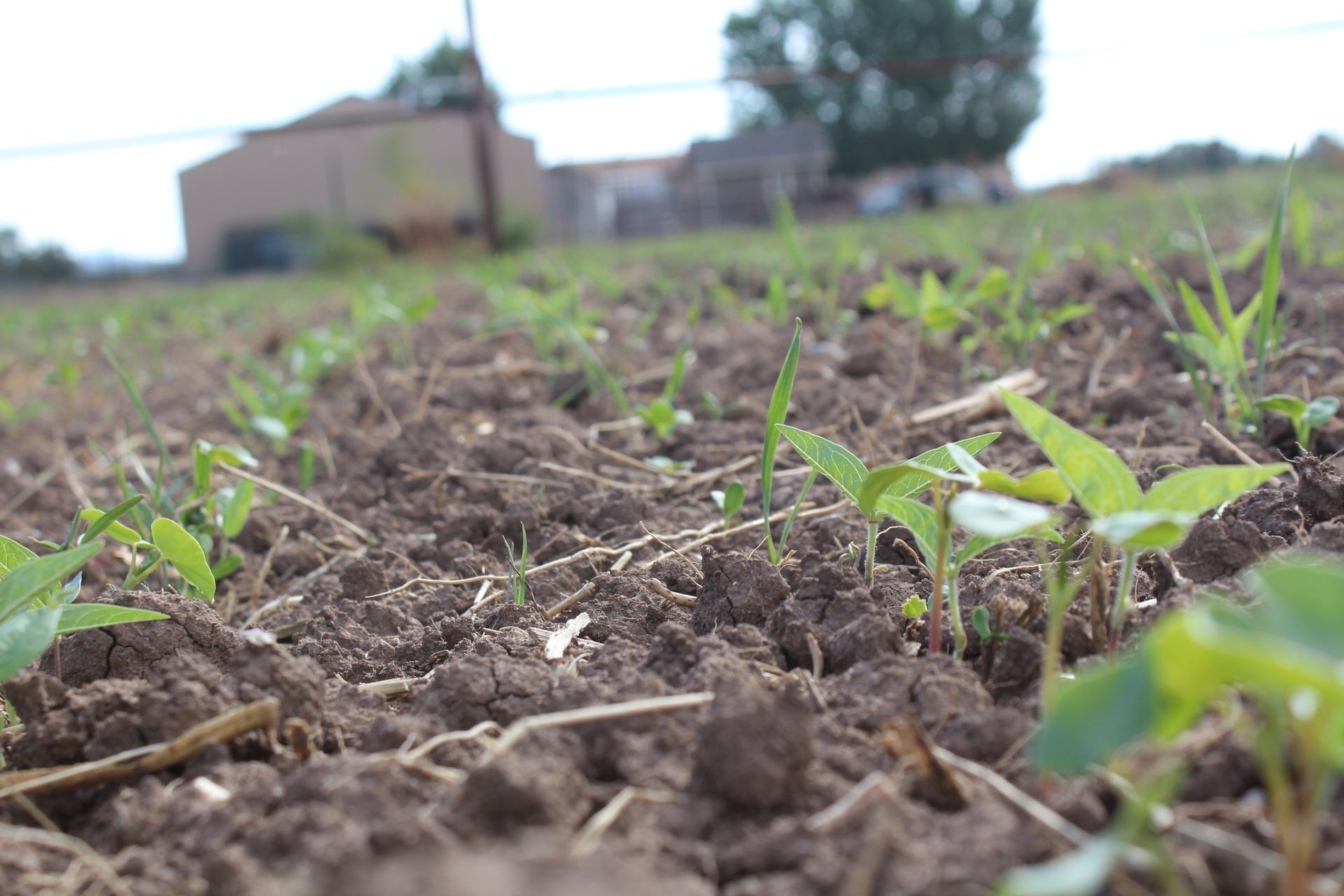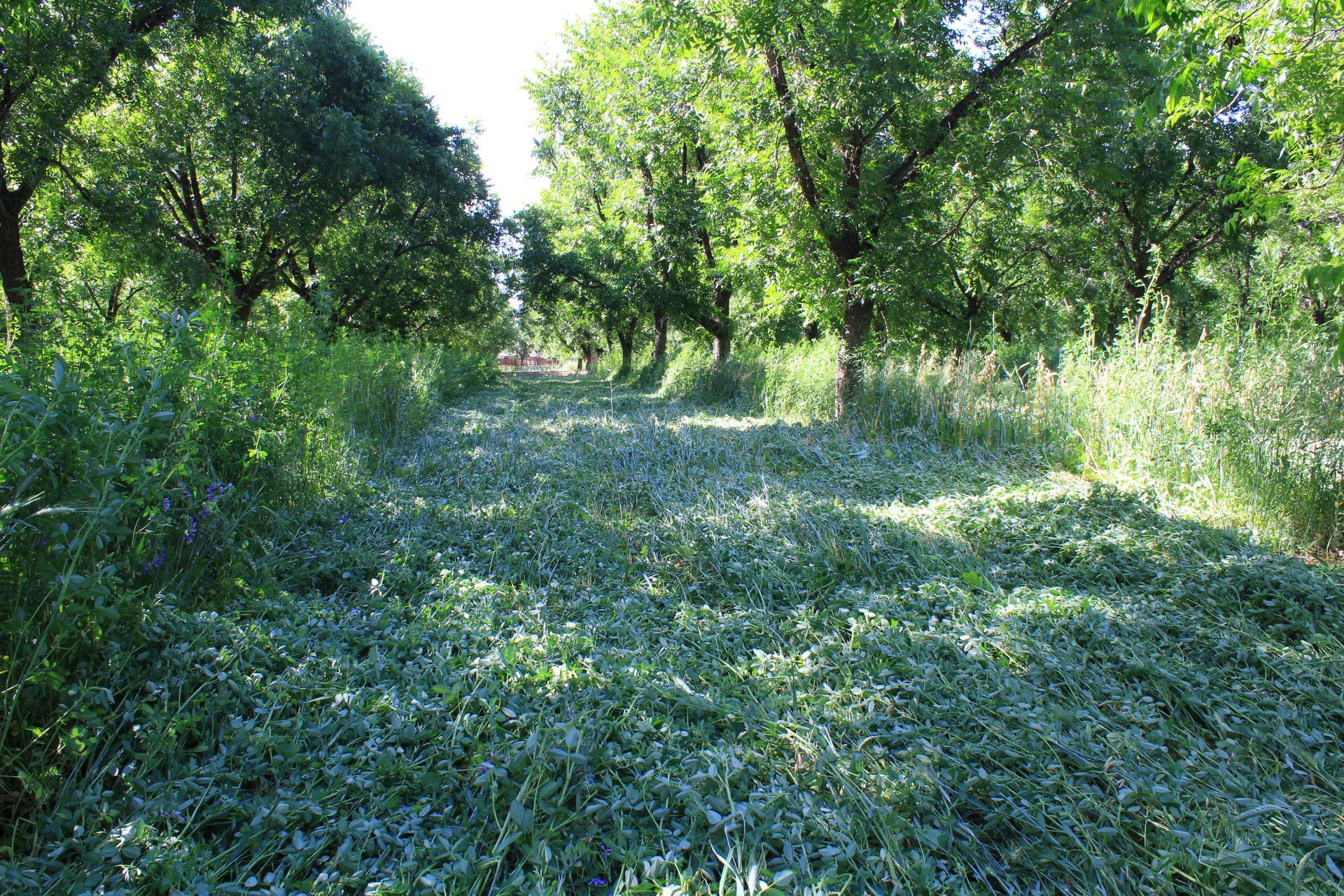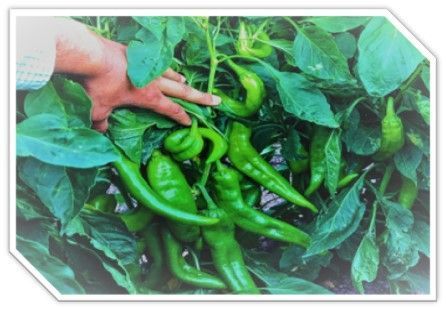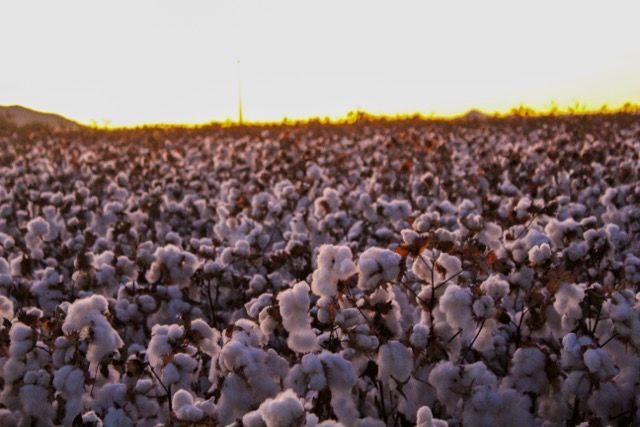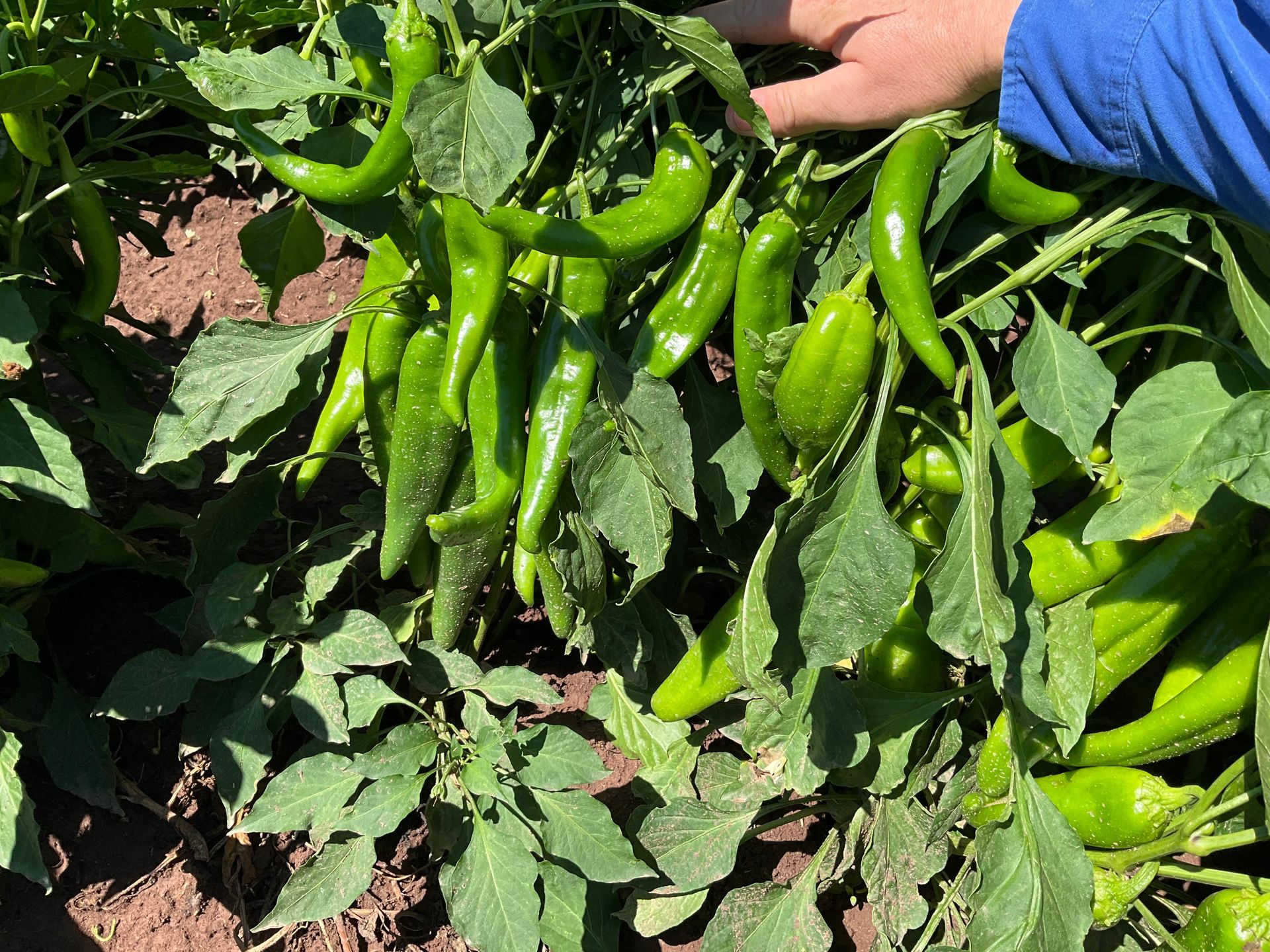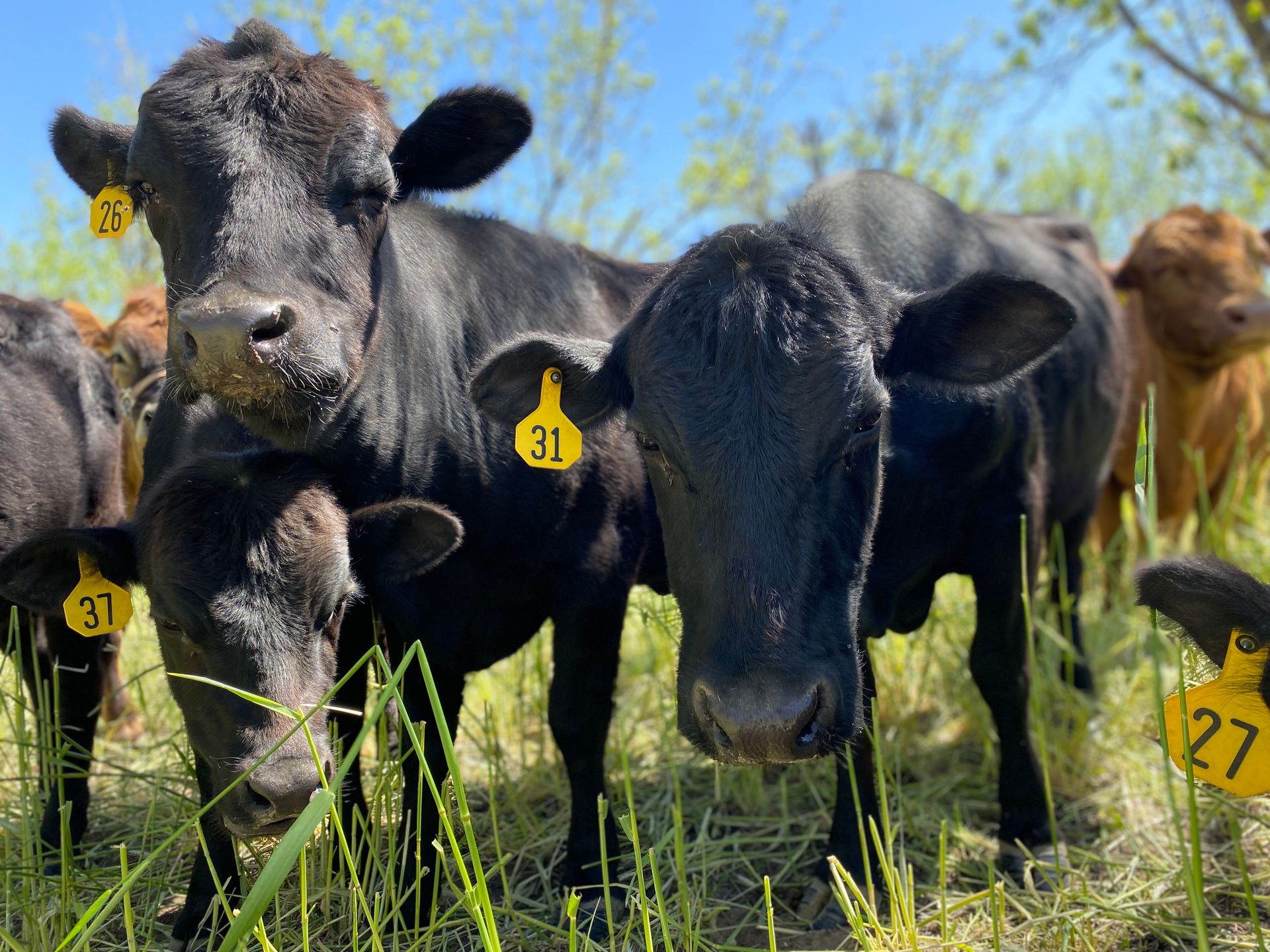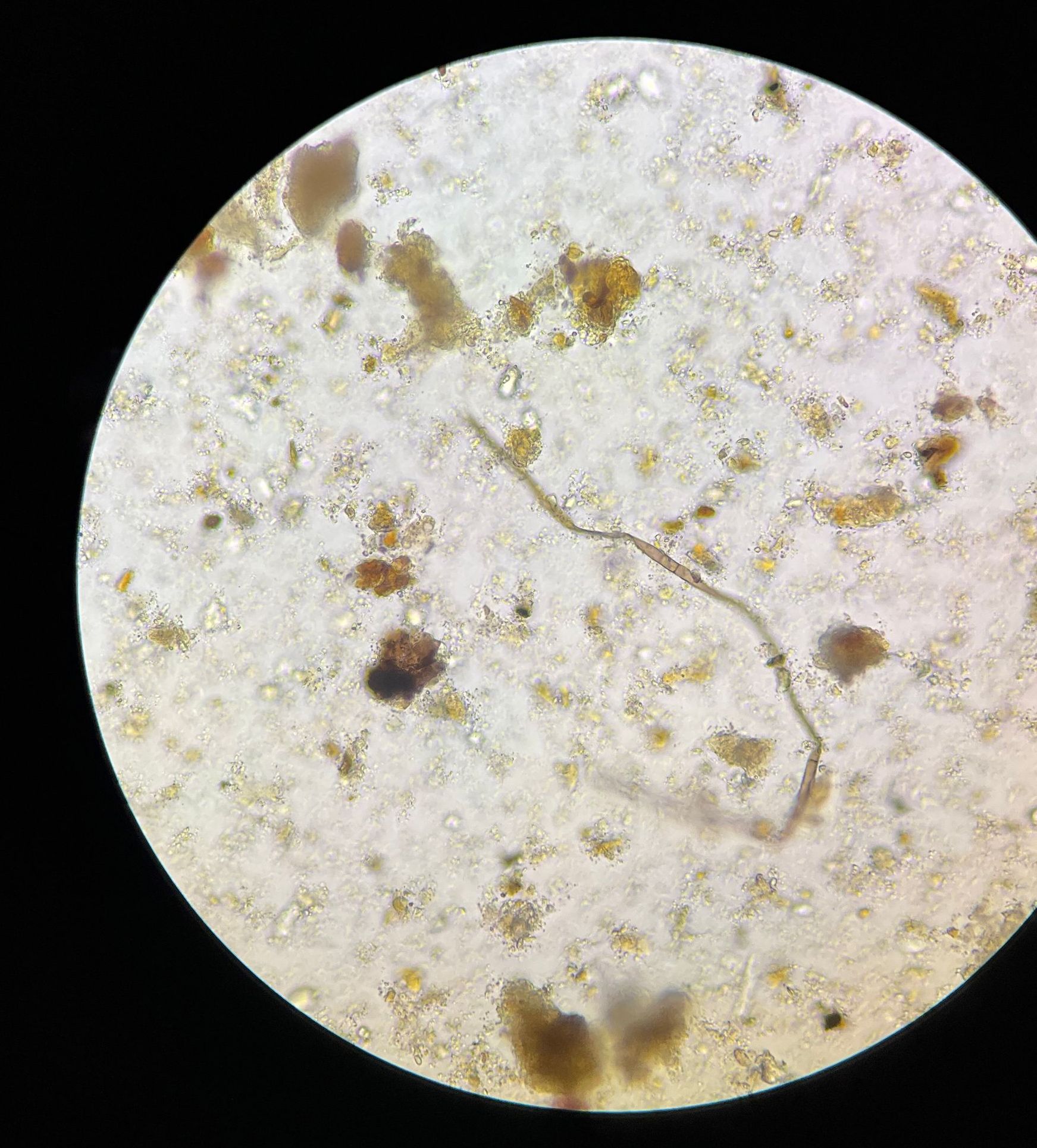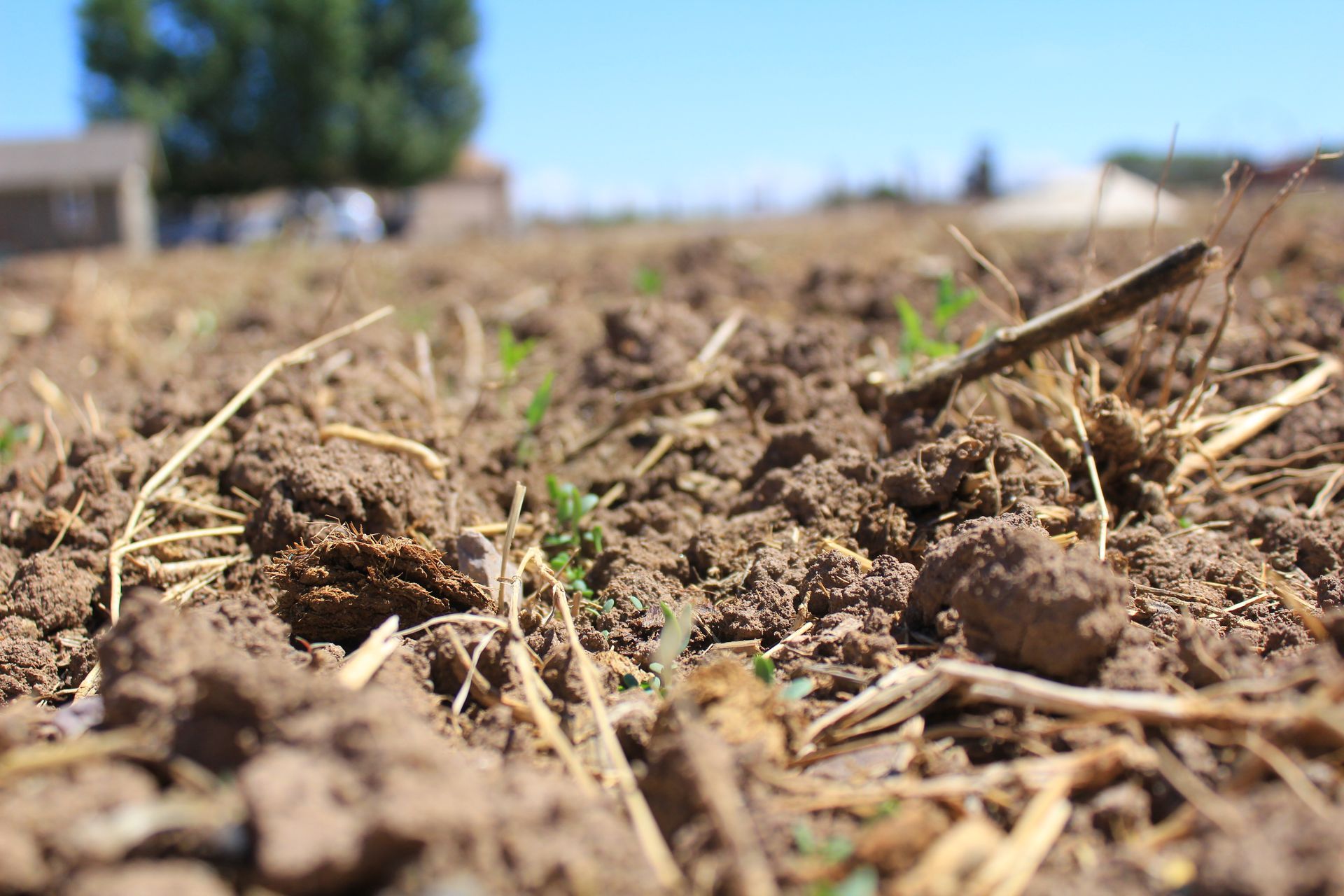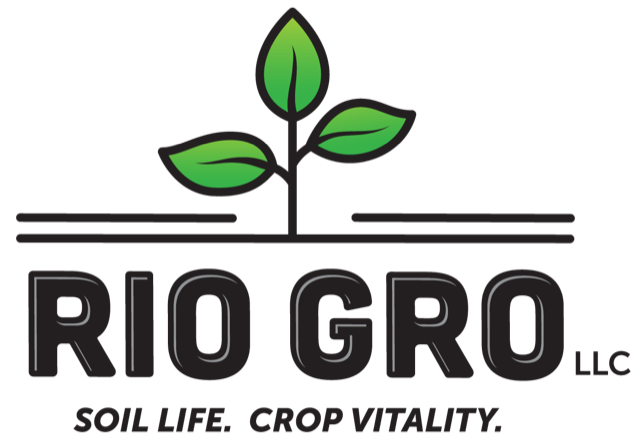Soil Physiology
Hello Friends!
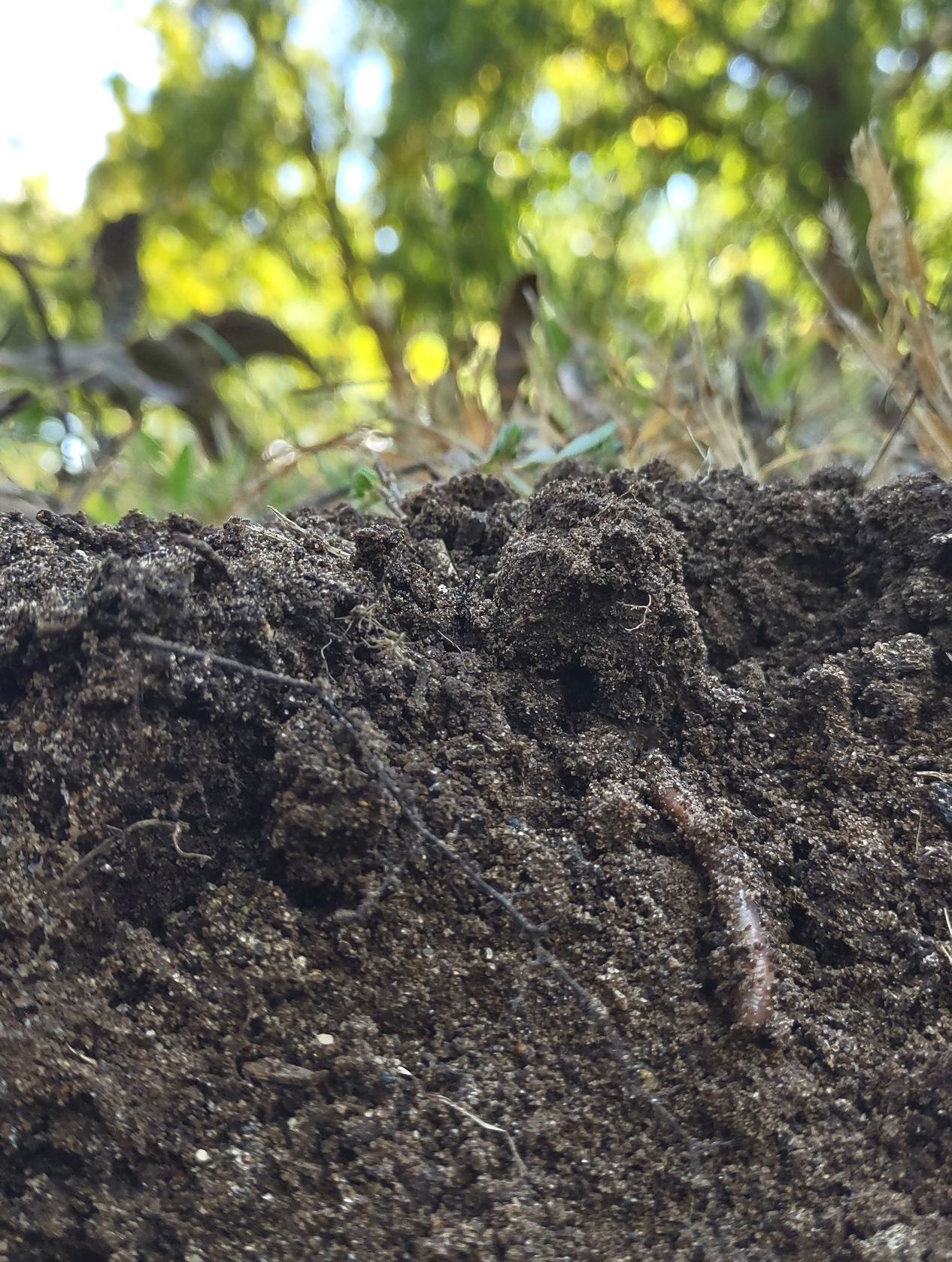
As farmers, imagine the impact we could have on the health of our soils, (and consequently our crops) if we took a closer look at our soils and asked:
"What can I do to make a difference?"
Today, we are going to discuss one of the 3 components of our soil. Stick with us for some quick takeaways at the end of the quick read below!
Physical Component
The physical component of soil is simply it's texture and physical characteristics. Sand, Silt, and Clay are the 3 main categories of physical characteristics that soils fall under. There are pretty significant differences between sand, silt/loam, and clay soils that will have an impact on crop health. If you are on a clay soil, it will have greater compaction potential and will have a larger "holding power" (known as CEC) compared to a sandier soil. With a higher CEC, clays will be able to hold more nutrients (and toxicities) than sand, but they will often have much less pore space and therefore hinder root growth because of reduced oxygen levels in the soil. In contrast, sandier soils tend to struggle with water and nutrient holding capacity.
What do you do if you want a more sandy or clay-like soil? Should you try to truck in the soil type that you want and mix it around, in hopes of changing your soils? Sounds like an expensive and time-consuming project!
Whether you struggle with problems on a sandy or clay soil, or somewhere in between, there is good news. Soil heath principles work on any type of soil, and these principles, when put into action, serve to remediate the bad physical characteristics of your soil. Things like covering the soil with a residue armor, keeping living roots in the soil, minimizing tillage and compaction, and fostering an environment for biological life will:
· Increase soil organic matter. This greatly helps improve soil structure in both sand and clay soils.
· Stimulate biological activity, increasing pore space and flocculation in clay soils, and forming glomalin, a glue which makes particles stick together in sandy soils.
· Prevent wind and water erosion.
· Buffer salts and pH.
· Begin the nutrient cycling process: digesting residue and providing plant-available nutrients
Takeaways:
· Physical soil characteristics do impact crops.
· Trying to physically change the soil is expensive and futile.
· Soil Health Principles will mitigate problems associated with every different physical soil type.
Consider implementing soil health principles on your farm today!
Am I Satisfied with the condition of the soil on my farm?
